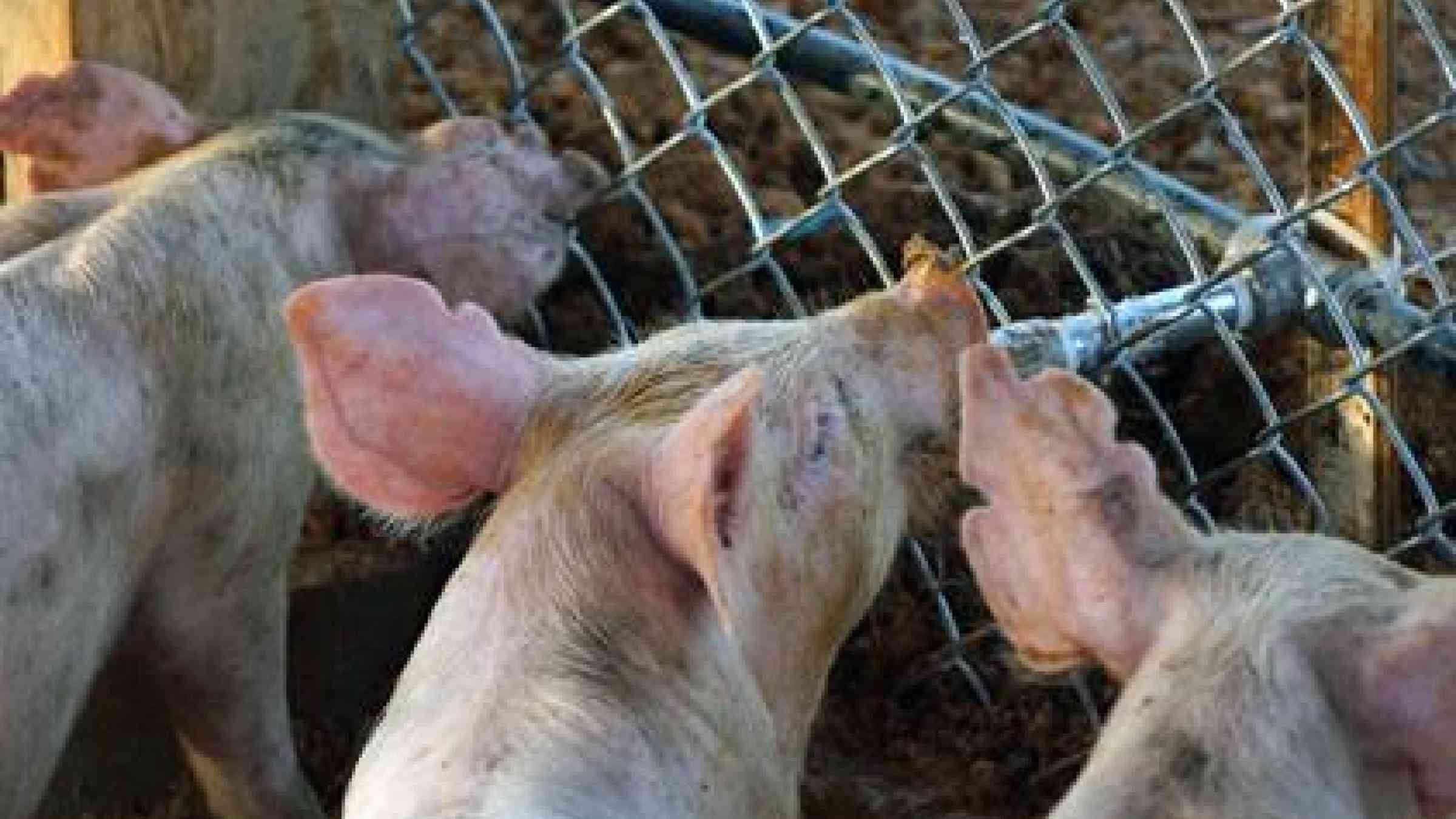
APIA, 2 September 2014 – The need for animals to be included in disaster risk management planning was highlighted yesterday at the International Conference on Small Island Developing States which heard an appeal for them to be included in the revised Hyogo Framework for Action, the international framework for disaster risk reduction.
Over one billion of the world’ s poor depend on animals for jobs, food, income, transport and social status and yet animals are the least protected when disasters happen.
“When Katrina happened in 2005 in the USA between 50,000 to 80,000 animals were left alone and could not be evacuated. 80 per cent of them were killed mostly by drowning, “ said Dr Wayne Ricketts of World Animal Protection promoting the integration of animal welfare into disaster management plans at the Third Conference on Small Island Developing States in Samoa yesterday.
“Disasters do not discriminate between men and animals. The loss of livestock can leave whole communities facing a significant second disaster in the form of long-term malnutrition, food insecurity, debt and dependency,” he said.
In Bangladesh, many women often ignore early warning messages and refuse to evacuate, putting their lives in danger, in order to protect their livestock and livelihood means surviving after the disaster.
“The inclusion of animal welfare measures in national and regional disaster management and risk reduction plans builds community resilience and protects food security and livelihoods. Moreover, including animals in disaster management planning has been proven to significantly reduce the costs of recovery efforts,” Dr. Ricketts said.
Evidence from a 2013 study carried out in Kenya after floods demonstrated that one dollar invested to protect animals generated 2.74 dollars of benefits for communities in the form of avoided losses.
It is urgent to integrate animal welfare into all national disaster management plans, he said, giving the example of current initiatives undertaken in the Philippines, Fiji and Samoa, which are trying to include animals into preparedness and mitigation plans.
After the Haiyan cyclone in the Philippines, new animal shelters have been built on higher grounds to evacuate and protect animals in future disasters. In Samoa, after cyclone Evan killed thousands of poultry, pigs and cattle in 2012, the Ministry of Agriculture is drawing the lessons from the disaster and currently working on a new legislation and policies that will include animals into disaster management plans.
In Fiji, particular attention has been given to the lack of veterinary assistance and disaster reduction capacity. The government is now planning to integrate animals in the current National Disaster Management Act and to run more vaccination plans to protect animals from disease.
“Legislation is key to change the current situation,” said Kate Blaszak from World Animal Protection which is working closely with the United Nations to include animal welfare in the post-2015 development agenda including the post-2015 framework for disaster risk reduction which will revise the current Hyogo Framework for Action (HFA).
“Welfare of animals is still overlooked and not included in national disaster management plans despite the critical role animals play in people’s lives especially in Asia Pacific which is four times more vulnerable to disasters and where more than 70 per cent of people rely on animals for their livelihoods,” said Margareta Wahlström, Head of the UN Offcie for Disaster Risk Reduction and a fervent advocate for more legislation to integrate animals in disaster management.
“So far, animal disaster plans are mostly dealing with response but legislation should go beyond emergency planning and put in place more measures to identify animal risk and to integrate these risks in their national disaster resilience policies. The new Hyogo Framework for Action will certainly address the issue which is crucial for so many vulnerable people and an essential element of sustainable development.”